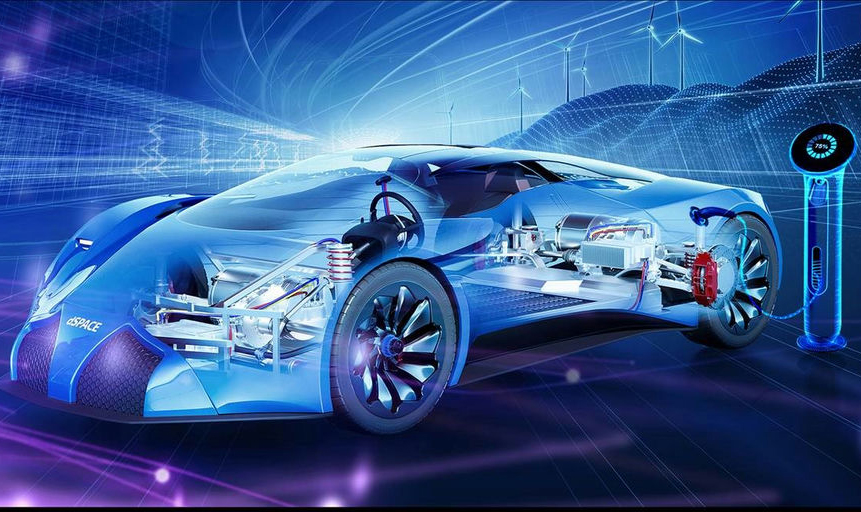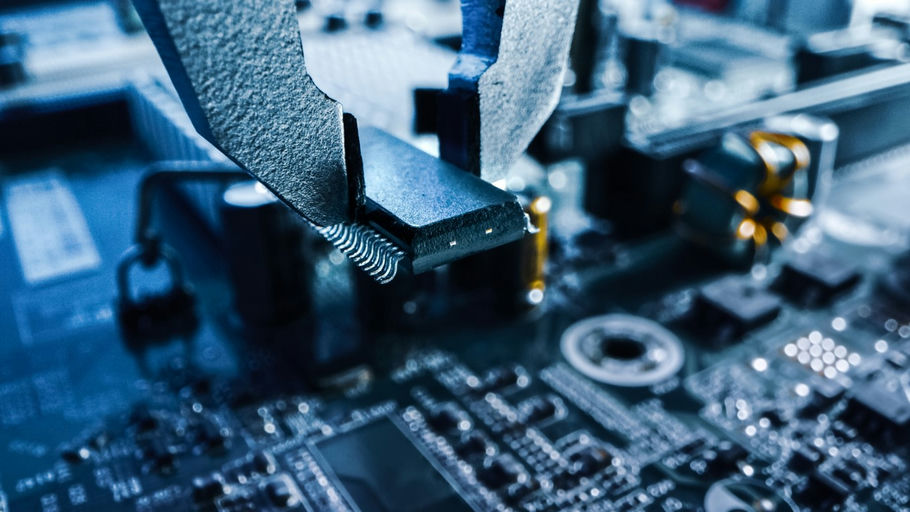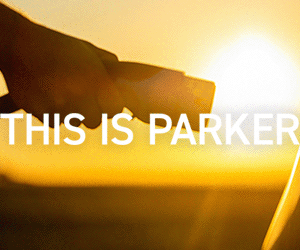Power electronics is a growing field with the push for electric vehicles and advancing grid technologies. Developing power electronics controllers requires in depth testing to improve performance, efficiency, and reliability. Development requires trying different active and passive components with different topologies and extensive testing.
Traditionally, pure software testing of controller code and circuit simulation tools were used as a starting point, then switching to all real hardware. Switching from a purely virtual environment to an entirely real environment can present unnecessary challenges.
Join this webinar, presented by dSpace, to learn how to use a real controller running production code with real-time simulation of the power electronics stage.
Key takeaways:
- Change circuit component parameters during runtime with fast FPGA models and significantly reduce the number of prototype PCBs you need to use during development
- Run Simscape power electronics circuits in real-time with an oversampled FPGA model
- Change component characteristics during runtime with one click
- Test real ECU software without building prototype PCBs for power electronics
Other sessions at our Spring Virtual Conference include:
Challenges And Solution For Pick And Place Automation Of Thermal Gap Filler Pads
Automation in electronics manufacturing is nothing new, but today many thermal gap filler pads are still placed by hand. With an increasing demand for automation the need to incorporate gap filler pad installation into automated processes is growing.
In this webinar, presented by Fujipoly, we will discuss what makes gap filler pads a challenge for pick and place manufacturing processes and how to address the specific handling challenges of gap filler pads.
Unveiling Adhesive Solutions For Safe Energy Storage Systems
In this webinar, presented by H.B.Fuller, we’ll explore the diverse application areas for adhesive solutions in energy storage, including battery cell bonding, module assembly, and pack encapsulation. We’ll also share examples examples of how adhesives enable design flexibility and facilitate manufacturing processes in energy storage system production.
See the full session list for the Spring Virtual Conference on EV Engineering here.

Broadcast live on April 15-18, 2024, the conference content will span the EV engineering supply chain and ecosystem, including motor and power electronics design and manufacturing, cell development, battery systems, testing, powertrains, thermal management, circuit protection, wire and cable, EMI/EMC and more.




I enjoyed reading this. It’s clear and well-written.
lasuna usa – cheap diarex pills how to get himcolin without a prescription
gabapentin order online – motrin 600mg oral cost azulfidine 500mg
besivance buy online – purchase carbocysteine purchase sildamax online
buy benemid 500 mg sale – monograph buy online carbamazepine 400mg drug
celecoxib 100mg cost – flavoxate pill indomethacin canada
order voltaren 50mg online cheap – voltaren order online aspirin 75 mg price
buy colospa 135 mg generic – pletal 100mg without prescription pletal 100mg us
buy pyridostigmine medication – how to buy sumatriptan buy azathioprine generic
buy lioresal medication – baclofen 10mg without prescription cheap feldene
buy voveran pills for sale – buy generic nimodipine online buy generic nimotop over the counter
purchase cyproheptadine sale – tizanidine brand brand tizanidine
mobic cheap – ketorolac tablet cost ketorolac
order generic cefdinir 300mg – buy generic clindamycin for sale cheap cleocin
cheap artane pills – buy emulgel online order diclofenac gel for sale
prednisone brand – zovirax sale purchase permethrin without prescription
buy isotretinoin 10mg online – buy dapsone without a prescription deltasone 40mg tablet
betnovate 20gm drug – buy benoquin no prescription purchase benoquin
buy acticin without a prescription – brand benzac purchase tretinoin without prescription
metronidazole 400mg over the counter – buy cenforce 100mg online buy cenforce without a prescription
augmentin 625mg uk – generic augmentin buy synthroid 150mcg pill
buy losartan 25mg – cost cephalexin 125mg order keflex 250mg online cheap
modafinil 200mg drug – buy promethazine online meloset order online
buy crotamiton cream – aczone gel how to get aczone without a prescription
zyban 150mg brand – ayurslim over the counter buy cheap generic shuddha guggulu
buy capecitabine 500mg for sale – naproxen cheap danazol generic
buy generic prometrium – order clomiphene without prescription purchase fertomid online
cost aygestin 5 mg – buy yasmin online cheap yasmin over the counter
estrace 2mg usa – ginette 35 tablet anastrozole generic
dostinex usa – premarin sale buy generic alesse online
гѓ—гѓ¬гѓ‰гѓ‹гѓійЂљиІ©гЃ§иІ·гЃ€гЃѕгЃ™гЃ‹ – г‚ўг‚ュテイン гЃ©гЃ“гЃ§иІ·гЃ€г‚‹ イソトレチノイン еЂ¤ж®µ
valif pills tip – sustiva 20mg tablet sinemet 20mg price
indinavir generic – how to buy indinavir where can i order voltaren gel
order modafinil 200mg generic – cefadroxil pills purchase combivir for sale
oral prednisone 40mg – capoten online capoten 120mg uk
buy deltasone 5mg pill – order starlix for sale buy cheap generic captopril
accutane for sale online – buy decadron 0,5 mg online linezolid cost
cheap amoxicillin for sale – amoxicillin price buy ipratropium 100mcg without prescription
azithromycin 500mg pill – nebivolol 20mg usa order bystolic 20mg for sale
buy prednisolone 10mg online – buy prednisolone 5mg online cheap prometrium online
buy augmentin cheap – augmentin 375mg drug duloxetine 20mg without prescription